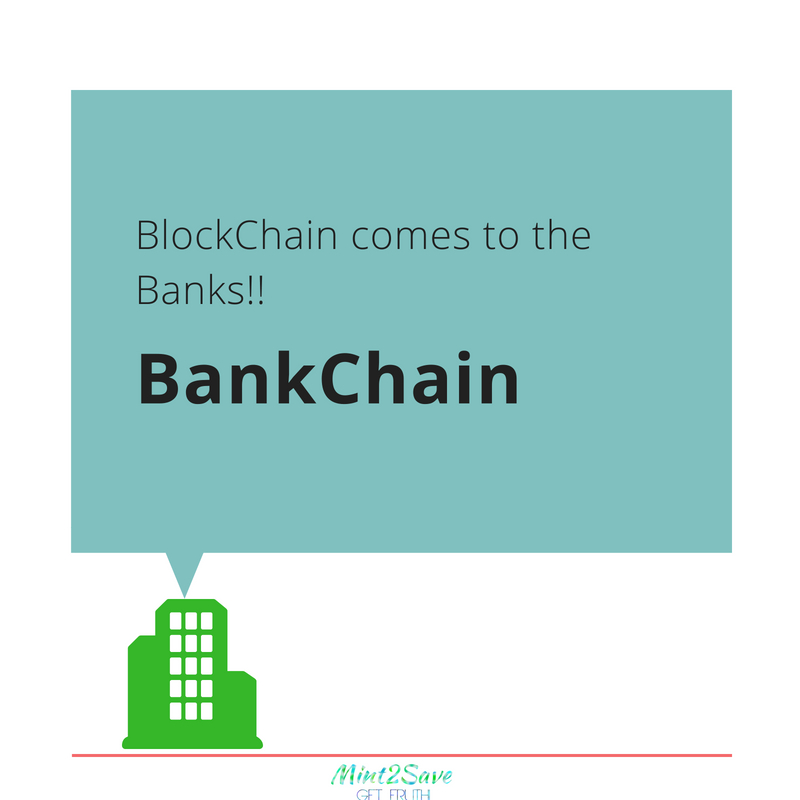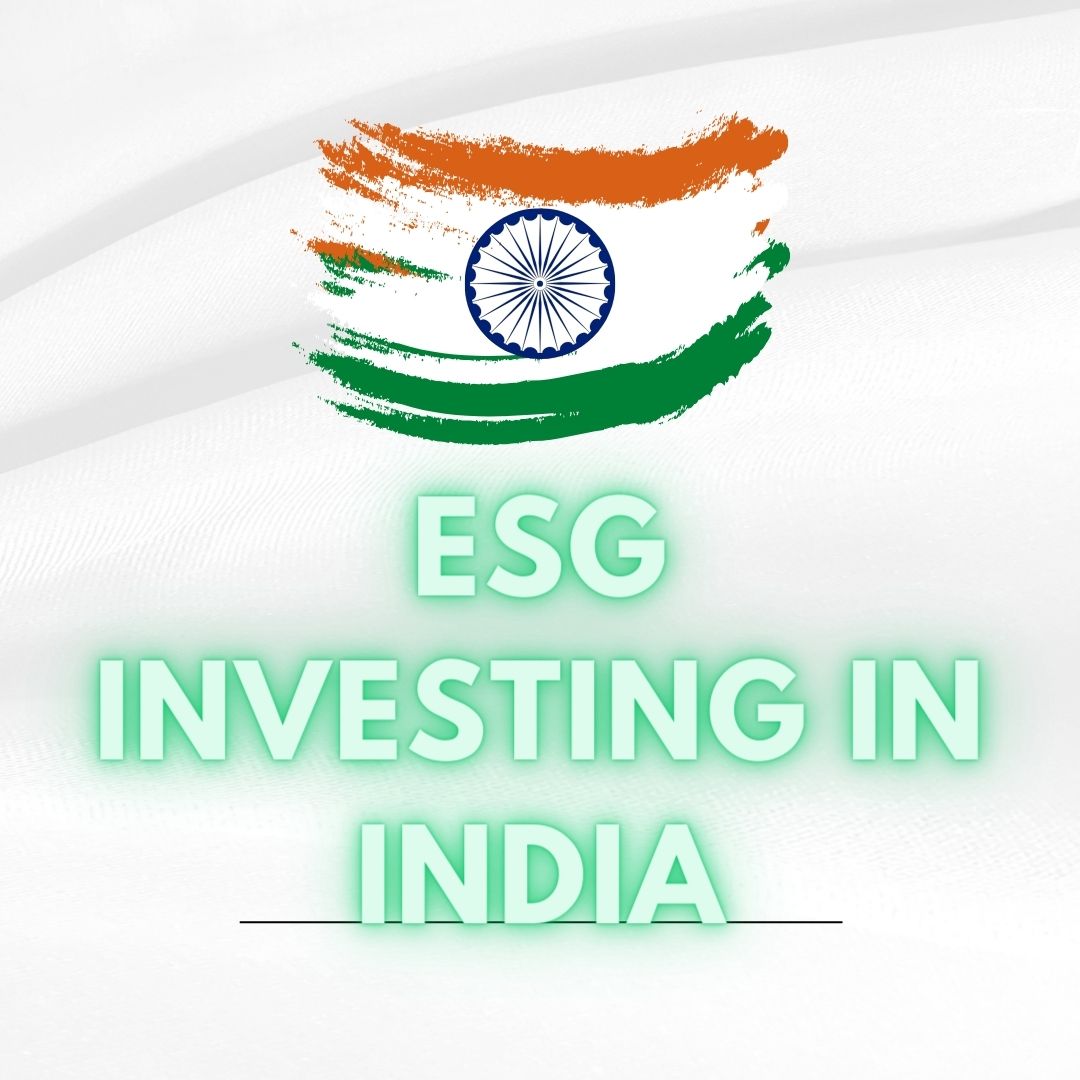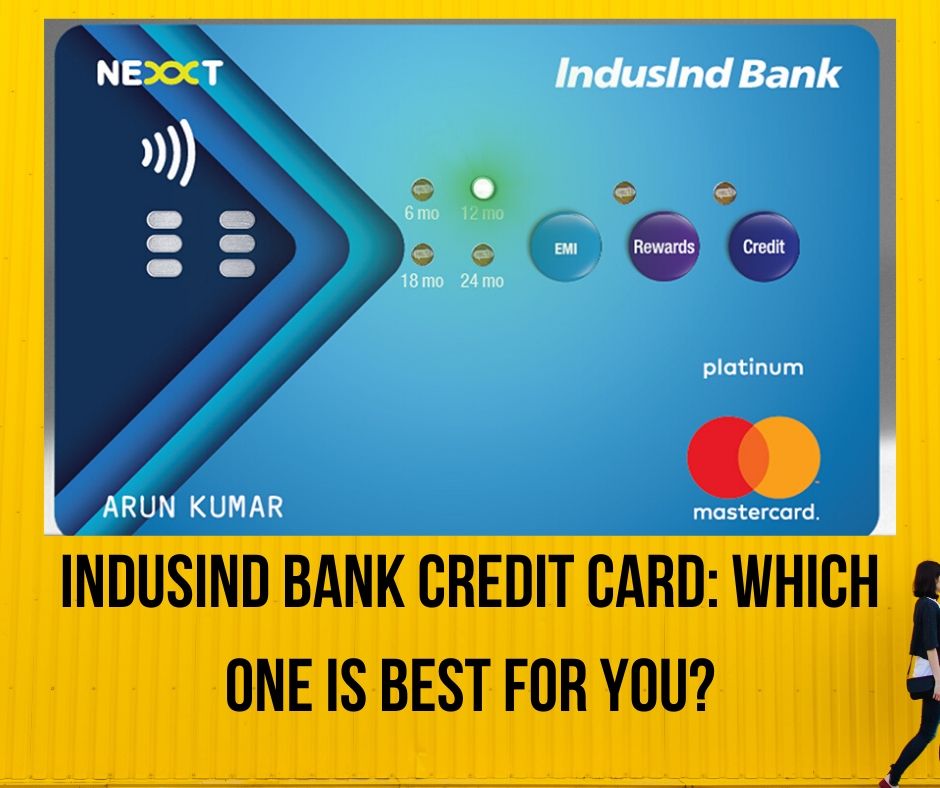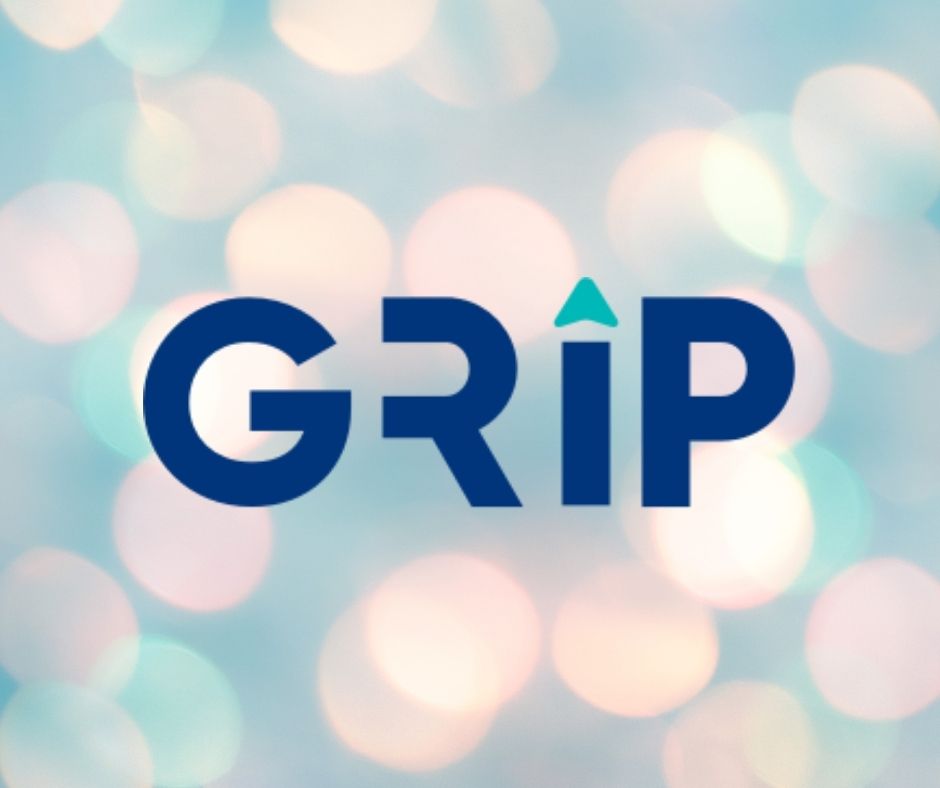BankChain: Bringing Blockchain to Banks
- 3 July 2018 | 1777 Views | By Mint2Save

The eventual ingress of Blockchain into the banking system is just a matter of time. Recently, HSBC has become the first bank in the world to execute a trade finance project via the use of Blockchain. The Asian major claimed that it issued a Letter of Credit to Cargill, within 24hours, with the help of Blockchain. A usual process takes about 5-10 days and with the help of blockchain, over 80% time was saved in the process. Imagine the possibilities when blockchain reaches to all the core banking services.
While issuance of letter of credit is just another process in trade finance, using blockchain to do the same opens doors to new possibilities and challenges. With already in execution phase, blockchain is being embraced by the banks. However, with the immense applications in the field, it would be necessary for banks to collaborate and streamline blockchain based processes. This would enable them to develop better programs and execute them swiftly between them before presenting them before the end user.
A pioneer step in this direction is the formation of Bankchain, a community formed by national and international banks as well as non banking financial companies. Formed in the year 2017, Bankchain is managed and maintained by Primechain Technologies, an Indian startup working on end use Blockchain products. Having an Indian origin and majority of the members belonging from or working into the Indian Banking scenario, Bankchain primarily would be developing solutions oriented towards the sub continent and its relevant international financial transactions.
Let’s explore the necessity, importance, applications of the Bankchain in this interesting read.
With the changing dynamics of the banking ecosystem in India and the coming in of Core Banking Solutions (CBS), the Banking industry has grown by leaps and bounds with each passing day. Today using CBS, banks can provide their customers with specific, targeted and tailored products and services, all at one place. The convenience of CBS enables customers to access all facilities provided by their bank from any of its branches across the country, regardless of the place and the branch where the customer has an account.
We have even in our earlier articles stated about the technology of Blockchain. For a referral again, the blockchain is a decentralized disseminated digital ledger collectively maintained by a network of computers, called nodes. It is basically the mechanism on which crypto-currencies operate. Now, what happens if we integrate the blockchain technology with our banking systems? The resultant outcome is “BANKCHAIN”. Now let us understand what precisely is BankChain.
What is BankChain?
BankChain is a blockchain based platform for :
- Surveying,
- Developing, and
- Implementing blockchain solutions in the banking system.
BankChain was first announced on 8 February 2017 by State Bank of India (SBI), one of India’s largest bank. BankChain is operated by a Pune based start-up named Primechain Technologies, a global blockchain company with the mission of creating blockchains for a better future.
Why BankChain?
The principal objective of the proposed BankChain is to simplify information sharing among the banking institutions that are part of its network. The initial application of BankChain will involve the trade finance sector, preventing businesses from presenting merchant discounts bills showing the same invoice to multiple banks. Based on blockchain technology, BankChain proposes to bring transparency, efficiency, and security to the banking industry. It will help banks as blockchain lacks centralized points of vulnerability that hackers can exploit. Thus, it has no central point of failure. Moreover, by stocking data across its network, a blockchain removes the risks that come with data being held centrally.
Further, when taking interactions with customer on the banking level, bankchain technology will ensure that:
- There is smoother delivery of customer services along with enhanced security and convenience.
- There would be a significant reduction in costing, which would eventually result in increased profits.
- Paperwork would not only be reduced, but would also be streamlined.
- Banks would be closer to the latest fintech technologies and would be able to easily incorporate them in day to day banking.
- Enhanced access to audits would reduce review time and correction time.
- Efficiency would be enhanced, along with security and transparency.
Who are its members?
BankChain currently has 37 members and 10 live projects. Its members include
- The State Bank of India,
- ICICI Bank,
- DCB Bank,
- Kotak Mahindra Bank,
- Federal Bank,
- Deutsche Bank,
- Bank of Baroda,
- Axis bank,
- Yes Bank,
- IndusInd Bank,
- Adarsh Credit Co-operative Society Ltd.,
- Bank of Maharashtra,
- HDFC Bank,
- UAE Exchange,
- Emirates NBD,
- Lulu Exchange,
- RAKBANK,
- South Indian Bank,
- National Payments Corporation of India,
- Saraswat Bank,
- RBL Bank,
- TJSB Sahakari Bank,
- Clearing Corporation of India (CCIL),
- Mahindra & Mahindra Financial Services Limited,
- Export-Import Bank of India,
- Al Fardan Exchange,
- Riviera Investors (NBFC),
- Aadhaarshila Enroll Systems Pvt. Ltd,
- Dubai Islamic Bank, Intel,
- BFC Group Holdings W.L.L.,
- Bank Dhofar,
- Citibank and
- Indian Bank.
- Intel
- MBank
- Central Bank of India
- Unnamed Bank (Name not revealed)
Projects under BankChain
BankChain is not just one project but it is a consortium that will continue to discover and develop new projects under it, the current ones being:
- Corporate KYC and Charge Registry: The KYC records and the Charges registered by the banks will be stored in the blockchain in an encrypted form and banks that have been authorized by the issuer bank can only view this data. A forged KYC document forms the very essence of a fraud. Further, registry charges on an immovable asset are also often do not appear during the search process.
- Cross-border remittance: This feature provides its members with real-time cross-border remittance at nearly no cost. This will enable real-time monitoring by regulators and minimization of fraud and minimization of locked-in capital.
- Individual KYC: The individual KYC records will be stored in the blockchain in an encrypted form and banks that have been authorized by the issuer bank can only view this data. This also ensures that the records are shared only between banks that trust each other.
- Invoice discounting/factoring: BankChain facilitates suppliers to get faster access to money as the investors deal directly with buyers, thus lowering financing costs and optimizing working capital.
- Non-performing assets (NPA) and other stressed assets: NPA’s are the biggest challenge for any banks to cope up with. How BankChain will help to cope up with it is by maintaining a repository for comprehensive and accurate documents relating to the stressed assets. It will provide a platform for the fractionalization of such stressed assets and ensure investors to bid for stressed assets in a transparent manner. Several cases of NPA loans have popped up where the borrower has availed facility from multiple banks, even after one or more of his loans are declared as bad asset. Storage of NPA related data with a single map for tracing out would filter out the good and bad borrowers in a very convenient manner.
- Employee background verification: BankChain has many more things to offer which includes employee background verification too. Using the blockchain technology, BankChain will store the employee data in an encrypted form which can only be viewed by its fellow members, thus helping in proper employee selection.
- Trade Finance: According to the World Economic Forum, US$ 18 trillion of annual trade transactions involve some form of finance – credit, insurance or guarantee, thus BankChain aims to optimize the regulatory and operations costs of trade finance for domestic and international trade.
Governance
The Governance of such a huge platform is also a matter to be specially taken care of. Thus to effectively and efficiently carry out BankChain transactions a governance body is set up at multi-levels which are:
- BankChain Steering Committee: It is responsible for the overall direction of BankChain. Each member of BankChain can nominate 1 person to its Steering Committee.
- BankChain Technology Committee: It is responsible for the technological direction of BankChain. Each member can nominate 2 persons to the BankChain Technology Committee.
- BankChain Regulatory Committee: It will supervise the regulatory, data privacy and data security implications of BankChain activities. Each member can nominate 2 persons to the BankChain Regulatory Committee.
- BankChain Business Committee: It is set up to analyze the business and commercial implications of BankChain activities. Each member can nominate 2 persons to the BankChain Business Committee.
Banks have always striven for having a robust system for customer dealing and interaction. However, the same seemed a far off story when the technical glitches brought themselves into the picture. Sincere attempts like assessing credit reports using CIBIL or registering the mortgage/hypothecation through CERSAI or corporate affairs portal have been commendable. However, delayed updation of data, non standardised feeding and synchronization problems were eating out the benefits of these innovations.
Now, with a probability of having a single platform for the purpose, we can expect smoother banking services and increased co-ordination among banks.









